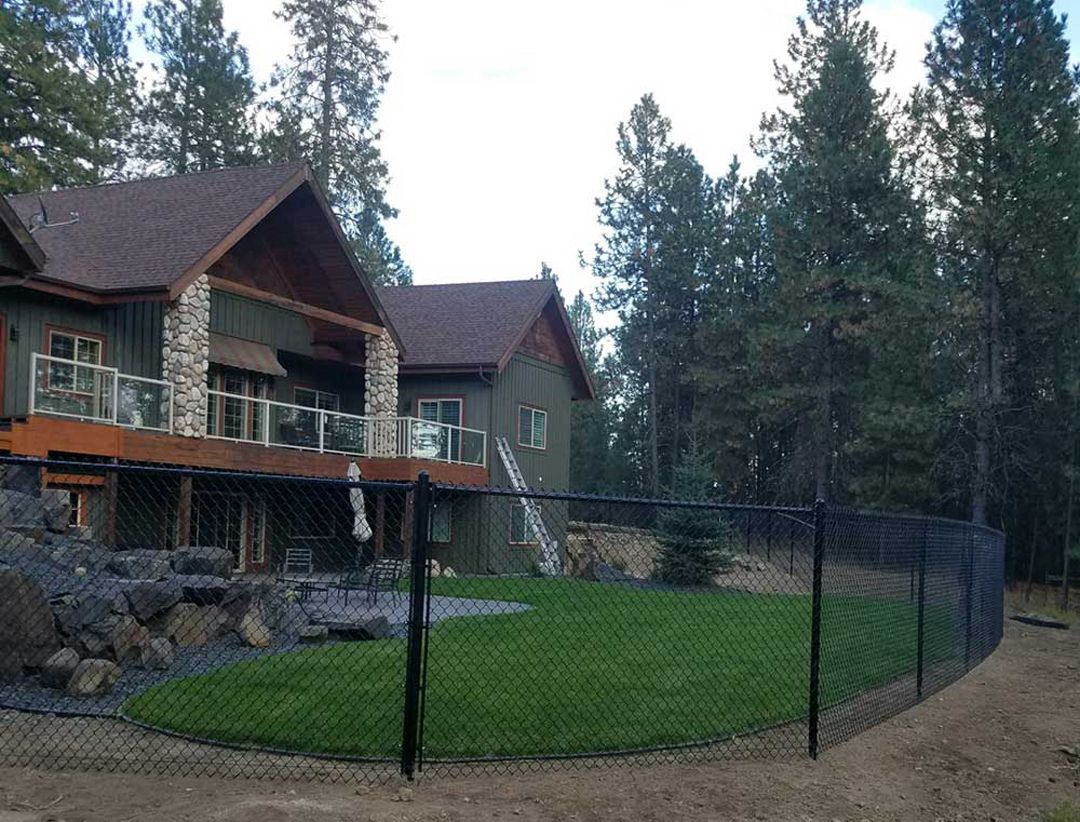How to Spot Fence Damage
Fences endure a lot of wear and tear over time, and it’s important to recognize when they need attention. Look for signs such as leaning sections, visible cracks in wood or vinyl, rust spots on metal, or sagging chain-link fences. Other indicators include loose or missing nails, screws, or brackets, as well as discoloration from mold, mildew, or sun damage.
Quick DIY Fixes
Fixing minor fence issues is easier than you might think. Tighten loose nails or screws with a hammer or screwdriver. For small cracks in wooden fences, fill them with wood putty and seal with waterproof stain or paint. Rust on metal fences can be scrubbed with a wire brush, then treated with a rust-inhibiting primer and paint. If your gate is sagging, adjust or replace the hinges.
When You Need a Fence Repair Professional
Some fence issues are simple to fix on your own, but larger problems may require a professional. If your fence is leaning, rotting, rusted, or has damaged posts, it’s time to bring in an expert. Professionals have the right tools and knowledge to restore your fence’s stability and functionality.
Preventative Measures
Prevention is always better than repair. Regularly inspect your fence for early signs of damage. Apply protective coatings such as stains, paints, or rust inhibitors depending on the fence material. Trim vegetation around the fence to prevent moisture buildup and pest infestations. Additionally, ensure your fence’s posts are firmly anchored to avoid leaning or sagging over time.
